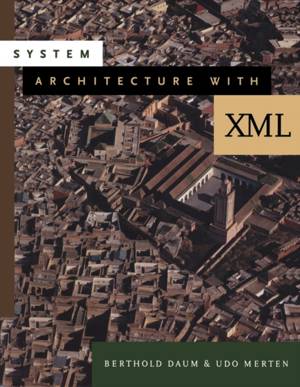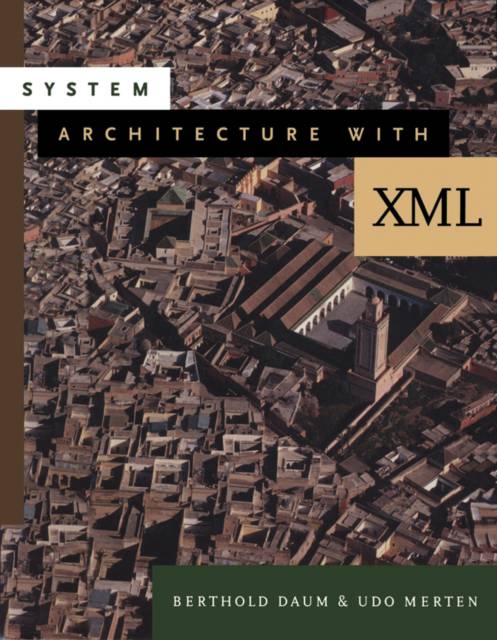
- Afhalen na 1 uur in een winkel met voorraad
- Gratis thuislevering in België vanaf € 30
- Ruim aanbod met 7 miljoen producten
- Afhalen na 1 uur in een winkel met voorraad
- Gratis thuislevering in België vanaf € 30
- Ruim aanbod met 7 miljoen producten
Zoeken
Omschrijving
XML is bringing together some fairly disparate groups into a new cultural clash: document developers trying to understand what a transaction is, database analysts getting upset because the relational model doesn't fit anymore, and web designers having to deal with schemata and rule based transformations. The key to rising above the confusion is to understand the different semantic structures that lie beneath the standards of XML, and how to model the semantics to achieve the goals of the organization. A pure architecture of XML doesn't exist yet, and it may never exist as the underlying technologies are so diverse. Still, the key to understanding how to build the new web infrastructure for electronic business lies in understanding the landscape of these new standards.If your background is in document processing, this book will show how you can use conceptual modeling to model business scenarios consisting of business objects, relationships, processes, and transactions in a document-centric way. Database designers will learn if XML is subject to relational normalization and how this fits in with the hierarchical structure of XML documents. Web designers will discover that XML puts them into a position to automatically generate visually pleasing web pages and rich multimedia shows from otherwise dry product catalogues by using XSLT and other transformation tools. Business architects will see how XML can help them to define applications that can be quickly adapted the ever changing requirements of the market.
Specificaties
Betrokkenen
- Auteur(s):
- Uitgeverij:
Inhoud
- Aantal bladzijden:
- 458
- Taal:
- Engels
- Reeks:
Eigenschappen
- Productcode (EAN):
- 9781558607453
- Verschijningsdatum:
- 28/06/2002
- Uitvoering:
- Paperback
- Formaat:
- Trade paperback (VS)
- Afmetingen:
- 189 mm x 235 mm
- Gewicht:
- 802 g

Alleen bij Standaard Boekhandel
+ 311 punten op je klantenkaart van Standaard Boekhandel
Beoordelingen
We publiceren alleen reviews die voldoen aan de voorwaarden voor reviews. Bekijk onze voorwaarden voor reviews.











